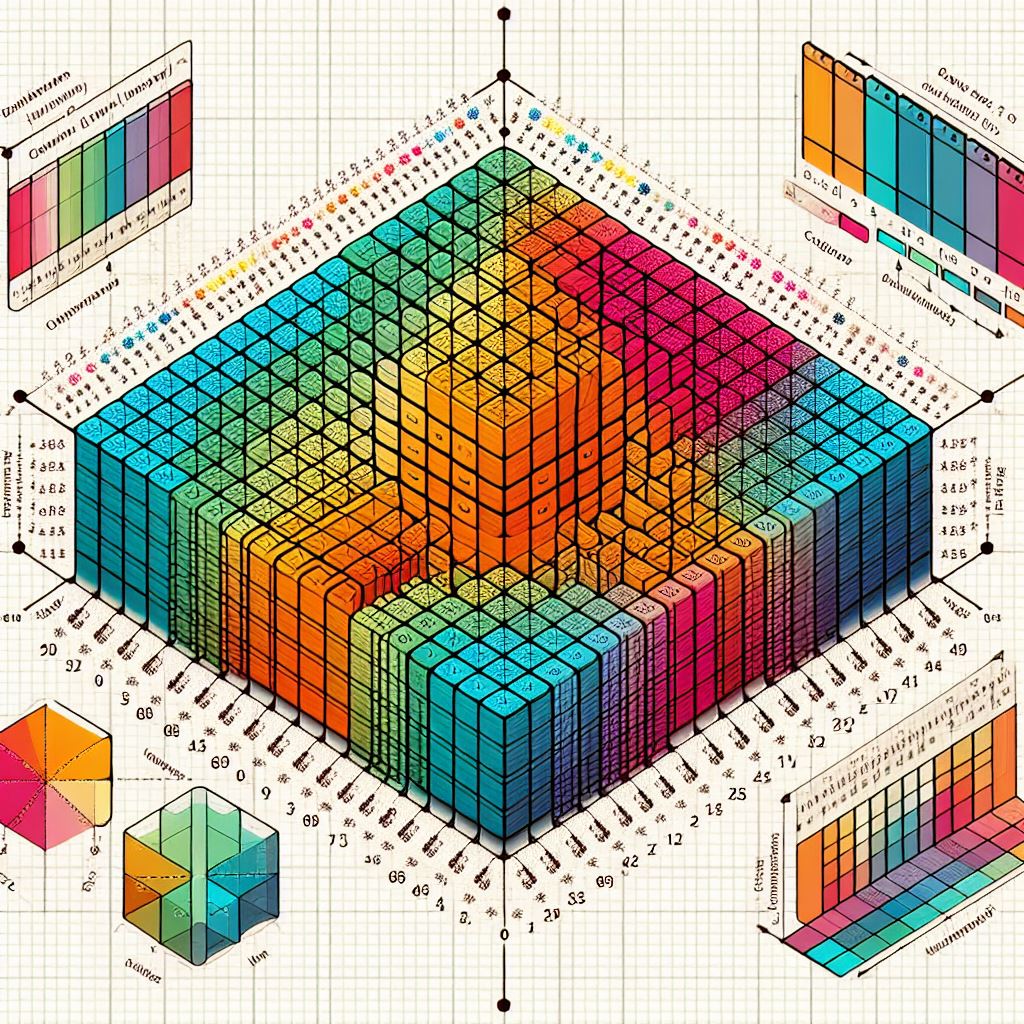Working with Numpy Arrays in Python

Numpy arrays are commonly encountered in Python, particularly in AI and other scientific work. This guide shows a number of examples of how numpy arrays can be manipulated.
Importing Numpy
import numpy as np
Convert a Regular Python List to a Numpy Array
>>> x = (0,1,2,3,4,5,6,7,8,9,10) >>> a_numpy_array = np.array(x)
And convert it back again to a regular Python list:
regular_list = a_numpy_array.tolist()
Fill a Numpy Array with Sequential Digits
np.arange(12)
Result:
array([ 0, 1, 2, 3, 4, 5, 6, 7, 8, 9, 10, 11])
Now create an array between 100 and 120, counting in steps of 2:
>>> np.arange(100,120,2) array([100, 102, 104, 106, 108, 110, 112, 114, 116, 118])
Rearrange a Numpy Array from 1D to 2D and Back Again
Generate a 1D array of 12 integers and then re-arrange the 1D array into a 2D array with 4 rows and 3 columns
>>> a = np.arange(12) >>> b = a.reshape(4,3) >>> b array([[ 0, 1, 2], [ 3, 4, 5], [ 6, 7, 8], [ 9, 10, 11]])
Now re-arrange the 4x3 2D array back into the original 1D array of 12 integers:
>>> c = b.reshape(1,12) >>> c array([[ 0, 1, 2, 3, 4, 5, 6, 7, 8, 9, 10, 11]])
The 4 rows x 3 columns 2D array can be re-arranged into 3 rows x 4 columns:
>> d = b.reshape(3,4) >>> d array([[ 0, 1, 2, 3], [ 4, 5, 6, 7], [ 8, 9, 10, 11]])
Add an Extra Column to a 2D Numpy Array
>>> my_numpy_array array([[ 0, 1, 2, 3], [ 4, 5, 6, 7], [ 8, 9, 10, 11]]) >>> extra_column = np.array( [100,200,300] ).reshape(3,1) >>> extra_column array([[100], [200], [300]]) >>> np.column_stack( ( my_numpy_array, extra_column ) ) array([[ 0, 1, 2, 3, 100], [ 4, 5, 6, 7, 200], [ 8, 9, 10, 11, 300]])
Extract a Column from a 2D Numpy Array
Extract the 2nd column from the following two dimensional numpy array:
>> my_numpy_array, (array([[ 0, 1, 2, 3], [ 4, 5, 6, 7], [ 8, 9, 10, 11]]),) >>> my_numpy_array[:,1] array([1, 5, 9])
